Recently, I pried open my wallet and plunked down the sum of $150.00 for one of these little devices. Now, to be certain, this is not a replacement for a real VNA, especially at a high-power broadcast site. However, it can be used for basic troubleshooting and I have had a good deal of fun fooling around with it.
First, a few quick specifications:
- Type: SSA-2N NanoVNA V2.2
- Frequency range: 50 KHz to 3 GHz
- Power output: -50 to +10 dB
- Measurement points: 201 (or 1024 with software and computer)
- Measurement types: S11, S12 and S21
- Screen Size: 4-inch touch screen
- Traces: up to 4
- Battery: 3000mAh Lithium Ion
- Software OS (VNA-QT): Win 7, Win 10, Linux, MacOS
The unit I purchased came with a small carrying case, calibration loads, and test jumpers. The software is downloadable and easily configured.
What I really like about it is the internal battery and the touch screen.
So what can it be used for?
- Test a coaxial cable
- Measure the length of a coaxial cable
- Figure out what frequency an antenna is designed for
- Tune a 1/4 wave stub to make a notch filter
- Measure the characteristics of a crystal/holder
- Measure a capacitor
- Measure an inductor
- Tune a parallel resonant LC circuit to make a notch filter
- Tune a filter can
- Test a high pass, low pass or band pass filter
- Sweep an antenna (Simple AM, FM, RPU, STL, WiFi)
- Check isocouplers for proper circuit functioning
- Etc
Pretty much anything you need to know about RF antennas, filters, and transmission lines can be learned with a VNA. One thing to keep in mind; the measurement points are limited, especially in the stand-alone mode. Thus, the smaller the frequency span, the better the measurement resolution will be.
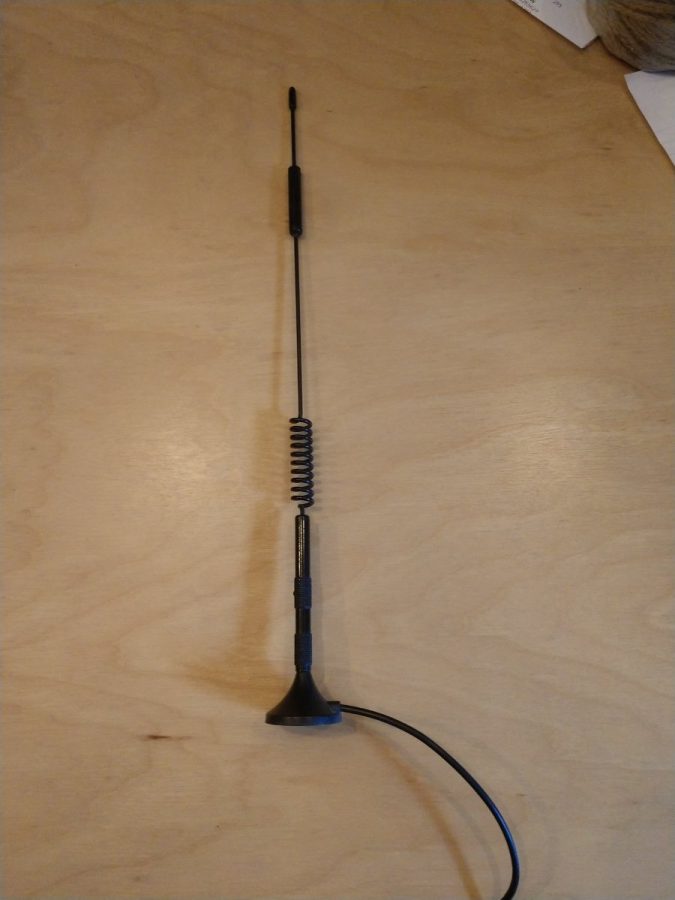
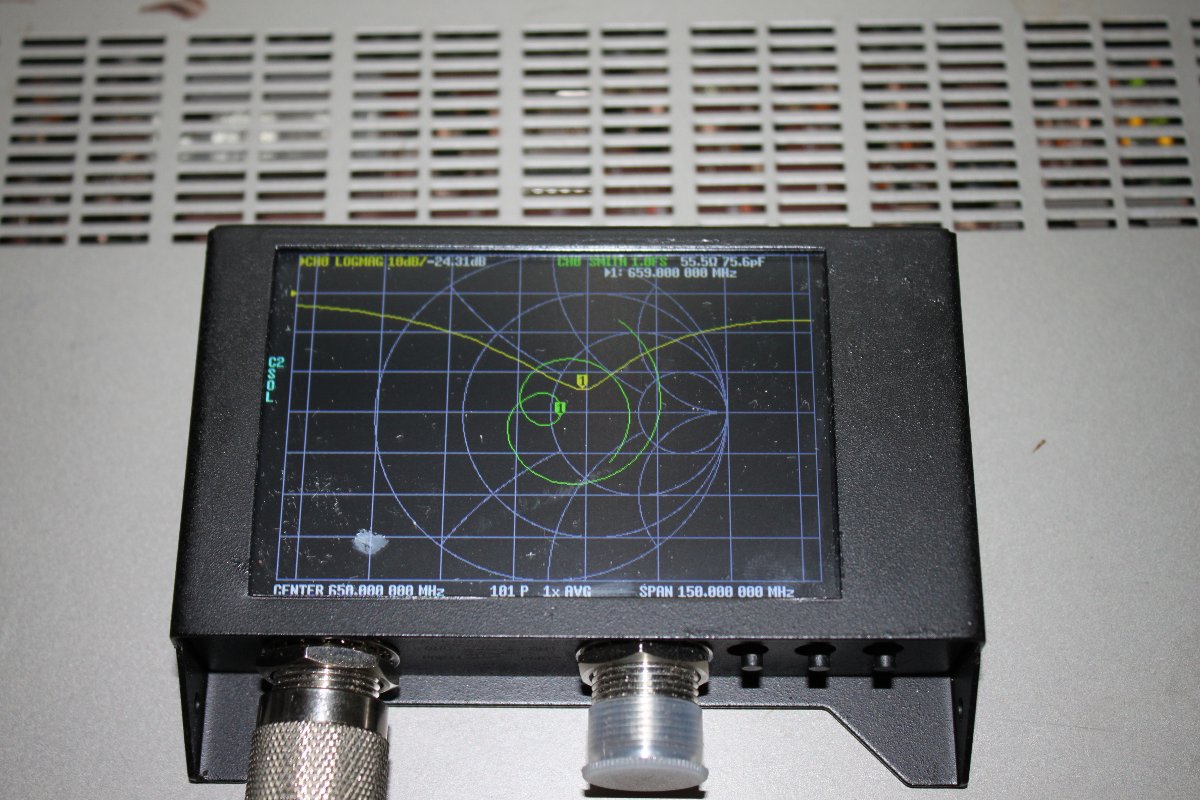
While this is a very inexpensive device designed mainly for Amateur Radio, it can be useful to diagnose antenna and transmission line problems. Would I depend on it to make precise measurements? No. Especially things required by the FCC like base impedance measurements on an AM tower or channel filter measurements for a TV station. Would it work at a high RF transmitter site with multiple AM/FM/TV transmitters? No and chances are you might burn out the front end. Those types of things are best done with professional equipment that has much better accuracy and resolution.
It is a pretty good little tool for basic troubleshooting. One can look at the individual components of an AM ATU for example, or measure the input impedance to see if there has been a shift (should normally be 50 ohms). It is small enough that it can be included in a basic tool kit. It is self-powered. Not bad at all for the price.

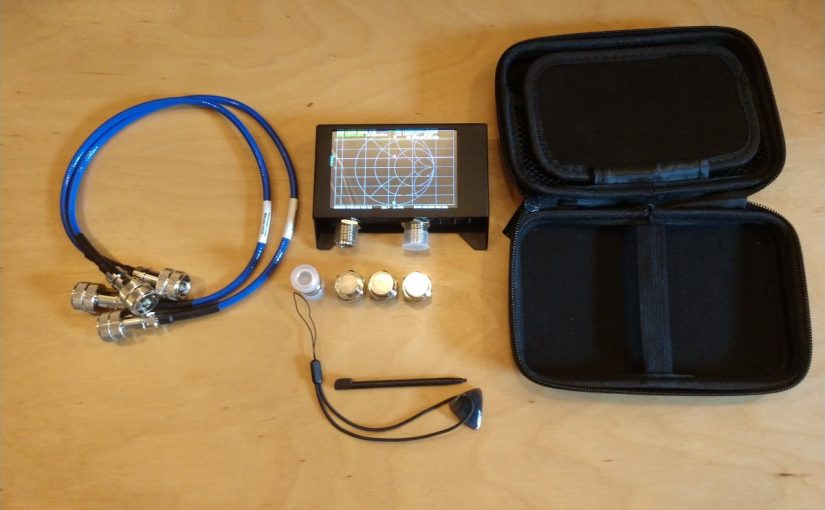


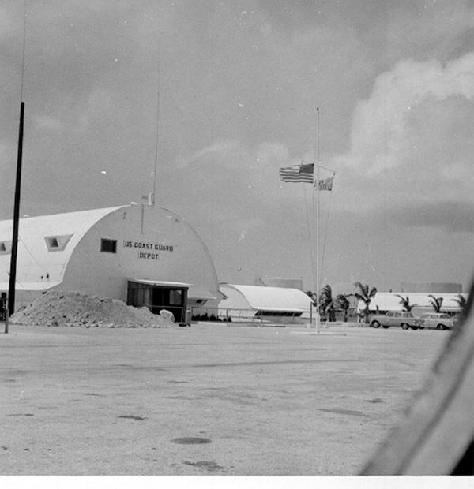
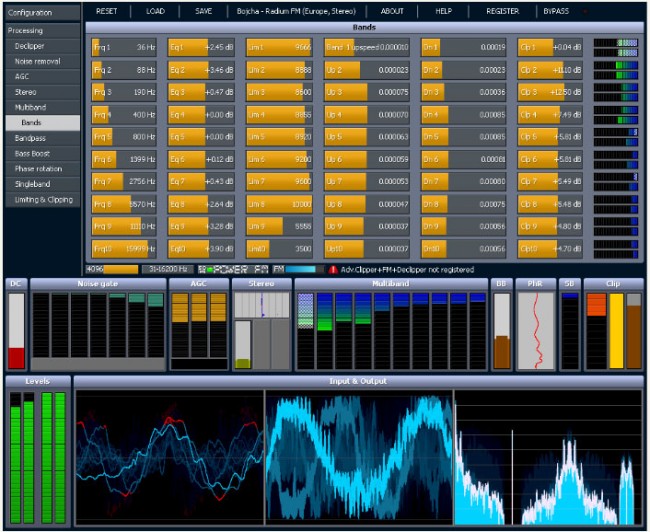
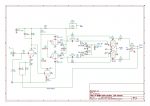
I’ve had an AIM4170 for several years, which of course has similar limitations around high-power sites, but I’ve been REALLY tempted to get a nano. I see yours doesn’t have SMA connectors like so many others do. That’s a good thing.
Hey Greg, I have owned a 4170D for several years. That is a good unit. What I like about the NanoVNA is its self contained nature. That makes it easy to carry out in the field to check ATU components, sweep sample lines, etc.
Hi Paul. I have a NanoVNA that I had gotten just to play with and learn on but I did put it to use on an FM SWR-1 antenna. I take care of a group of LPFM stations and one was having a real problem with high VSWR. I had my Anritsu SA but also had the VNA so I put it on the antenna after calibration and found the antenna to be resonant at 104.6 instead of the 104.3 the antenna was supposed to be at. I was able to tune the antenna finding that one of the elements had unscrewed enough to throw it off. It checked out on the VNA okay then I double checked with the SA and it was right on. The NanoVNAs are good little devices but did find that tuning filters can be touchy due to the lack of resolution bandwidth.
The technology you’re getting for the price you paying for the little NanoVNA is astounding to me.
It would have literally cost you *thousands* for that level of performance just a few years earlier.
Another piece is a little microprocessor-driven multi-tester they’re selling for around 20 bucks. Connect a component to the test leads and mash the button and it tells you what it is, and if solid-state, if its likely good.
We really are living in a ‘golden age’ of test gear for a non-professional RF hobbyist like myself…
Just got a NanoVNA-F V2.
Playing with it at the moment discovering what those MFC cable TV filters I’ve collected actually did.
Nice it’ll put out RF in the 950 STL frequencies since I’ve got an old TFT 8300 rx sitting on the bench.
RF out is only 16 hz off @ 10 MHz (WWV).
Their latest firmware update 0.3.0 was a mess so I went back a version.
Have some triple can STL band pass filters to set up next.